Easiest Cannabis Strains to Grow in 2024

Cannabis Seeds and Strains for Beginners
For a thriving cannabis garden, choosing beginner-friendly strains that are resilient and easy to grow is crucial. This guide highlights the top 20 cannabis strains, offering a straightforward path to a successful harvest, whether you prefer the quick turnaround of autoflowers or the abundant yields of feminized seeds. Alongside, we delve into cannabis nutrition basics, showing how proper fertilization is key to maximizing your garden's potential.
Autoflowering Strains: The Easy Route
Autoflowering cannabis strains are renowned for their simplicity and speed. These strains inherit traits from Cannabis ruderalis, a subspecies known for its ruggedness and ability to flower based on age, rather than light cycle changes. This unique characteristic offers several advantages:
- Simplified Light Requirements: Autoflowers don't require changes in light cycles to initiate flowering. This means they can be grown under a consistent light schedule throughout their lifecycle, making them especially suitable for growers with limited control over their growing environment.
- Multiple Harvests in a Season: Due to their short lifecycle, it's possible to achieve multiple harvests in the time it would take to grow a single batch of photoperiod strains, particularly beneficial in regions with shorter growing seasons.
- Compact Size: Autoflowering plants usually remain small, making them ideal for discreet growing spaces like balconies, closets, or small gardens. Their compact nature also allows for more plants per square foot in a grow space.
However, autoflowers do have limitations. Their rapid growth cycle leaves little room for recovery from stressors such as pests, diseases, or nutrient deficiencies. Additionally, their yields are typically smaller than those of photoperiod strains, and their cannabinoid levels can vary.
Feminized Seeds: Maximizing Potential
Feminized cannabis seeds are engineered to produce only female plants, essentially eliminating the risk of male plants pollinating females and affecting the harvest. They offer several key benefits:
- Maximized Yields: Every plant grown from feminized seeds has the potential to produce buds, ensuring that space, nutrients, and effort contribute directly to the final yield.
- Greater Control Over Plant Growth: Unlike autoflowers, feminized (photoperiod) plants allow growers to manipulate the vegetative phase's length to optimize plant size and yields based on their specific growing conditions.
- Diverse Strain Options: Feminized seeds provide a wide selection of strains, giving you numerous options for flavors, aromas, and effects.
The primary challenge with feminized seeds is the necessity to adjust light cycles manually to trigger flowering, requiring a bit more attention and knowledge from the grower. Additionally, they generally take longer to reach harvest than autoflowering strains.
Feminized vs Autoflower Seeds: Making the Choice
The decision between autoflowering and feminized seeds boils down to the grower's situation and preferences. Autoflowering strains offer an accessible entry point for beginners, promising a straightforward and quick cultivation process with multiple growth cycles per year. In contrast, feminized seeds cater to growers looking to maximize their yield per plant and who are willing to invest more time and attention into their cultivation practices.
For those new to cannabis cultivation, starting with autoflowering seeds might be the way to explore the basics of growing cannabis with minimal risk and effort. As confidence and experience build, incorporating feminized seeds can elevate the growing practice, offering larger yields and a wider variety of strains to cultivate.
Basics of Cannabis Nutrition
Cannabis plants need a symphony of nutrients to grow, including both macronutrients like Nitrogen (N), Phosphorus (P), and Potassium (K), and micronutrients like Calcium, Magnesium, and Iron. Each stage of growth calls for different nutritional concentrations; for instance, vegetative growth demands more nitrogen, while flowering phases require higher phosphorus levels.
Specialized Fertilizers and Feed Schedules
Autoflowers and feminized strains, with their unique growth cycles and characteristics, may have slightly different nutritional needs throughout their development. Using fertilizers specifically formulated for cannabis can make a significant difference in the health and yield of your plants. Without the right balance, cannabis plants can show signs of nutrient deficiencies, presenting as yellowing leaves, stunted growth, or poor bud development. Conversely, nutrient toxicities from overfeeding can burn plants, leading to leaf discoloration, lockouts, and even plant death.
The Top 20 Easy-To-Grow Cannabis Strains for Beginners in 2024
Lemon Skunk |
|
|---|---|
 |
Genetics: Hybrid (50% Sativa / 50% Indica) Parents: Citrus Skunk x Skunk #1 THC: 15-22% CBD: 0.1% |
|
Lemon Skunk, as the name suggests, features a sharp, zesty lemon aroma coupled with skunky undertones, making it a favorite among those who favor citrus strains. It delivers a balanced high that energizes the mind while relaxing the body, making it versatile for both daytime and evening use. Origin: Bred from two Skunk phenotypes selected for their pronounced lemon traits, Lemon Skunk embodies the best aspects of its lineage—robust growth, resilience, and a compelling flavor profile. It's recognized for its uplifting effects that don't overwhelm, ideal for social activities or creative endeavors. Lemon Skunk Grower Tips
|
|
Purple Kush |
|
|---|---|
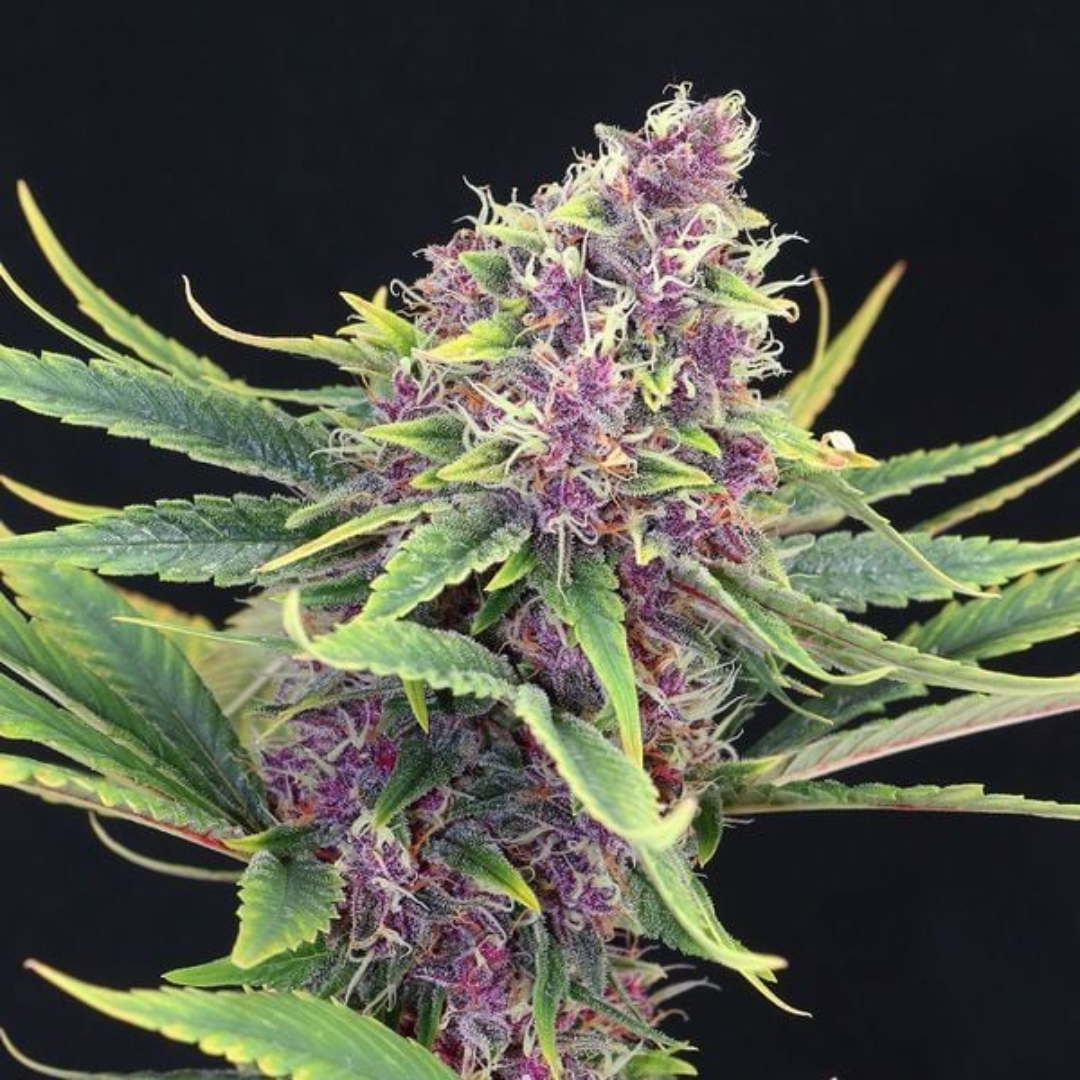 |
Genetics: Pure Indica Parents: Hindu Kush x Purple Afghani THC: 17-27% CBD: <1% |
|
Purple Kush is a visually striking strain known for its vibrant shades of purple enveloped within its dense, resinous buds. It delivers a deep, sedative high, enveloping the body in relaxation while soothing the mind. The strain boasts a sweet, earthy aroma with subtle hints of grape that make it a pleasure to consume. Origin: A pure indica derived from a cross between Hindu Kush and Purple Afghani, Purple Kush carries the robust genetics of its parent strains, ensuring its potency and ease of growth. It's celebrated not only for its therapeutic effects but also for its aesthetic appeal, with its distinctive purple foliage and orange hairs. Purple Kush Grower Tips
|
|
Mango Kush |
|
|---|---|
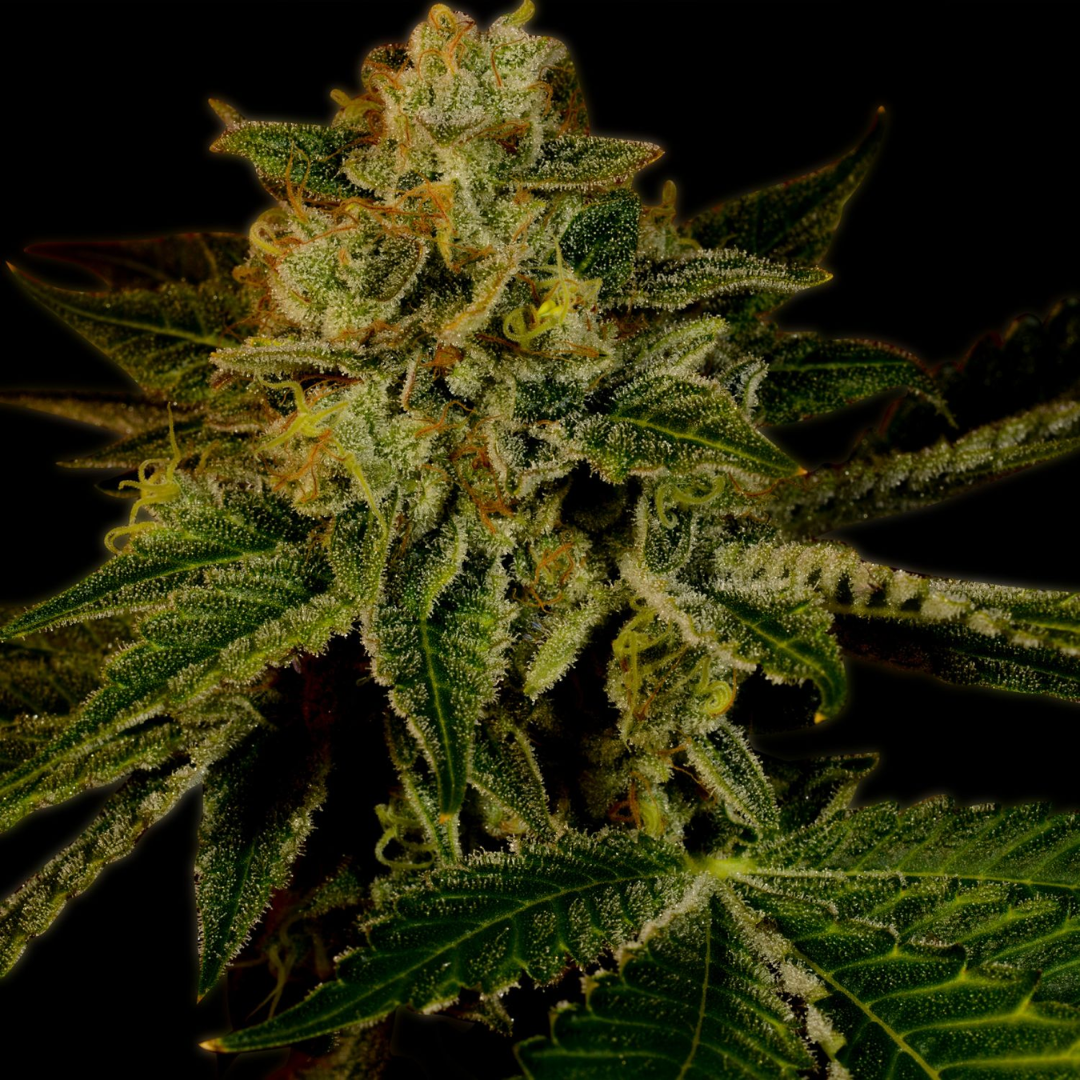 |
Genetics: Indica Dominant Hybrid Parents: Mango x Hindu Kush THC: 15-21% CBG: 1% |
|
Mango Kush is a flavorful strain that immediately entices with its fragrant aroma reminiscent of fresh mango and tropical fruits. Its effects are predominantly relaxing and euphoric, offering a gentle mental uplift followed by a comfortable physical ease, making it perfect for evening use or moments when stress relief is sought. Origin: A delightful cross between Mango and the classic Hindu Kush, Mango Kush inherits its sweet, fruity aroma from Mango, while Hindu Kush contributes to the strain's calming effects and sturdy growth characteristics. This combination creates a strain that's as enjoyable to consume as it is to grow. Mango Kush Grower Tips
|
|
Blue Cheese |
|
|---|---|
 |
Genetics: Indica Dominant Hybrid Parents: Blueberry x UK Cheese THC: 17-20% CBD: <1% |
|
Blue Cheese is a flavorful strain known for its unique blend of sweet and savory flavors, reminiscent of its namesake. The effects are relaxing and euphoric, making it a great choice for evening use. Its distinctive aroma and manageable growth make it a fascinating strain for novice growers. Origin: The strain results from crossing the sweet and fruity Blueberry with the robust and savory UK Cheese, creating a unique profile that stands out in both flavor and effect. Blue Cheese is celebrated for its balance of relaxation without heavy sedation, appealing to a wide range of users. Blue Cheese Grower Tips
|
|
Durban Poison |
|
|---|---|
 |
Genetics: Pure Sativa Parents: Landrace from South Africa THC: 15-20% CBD: <1% |
|
Durban Poison is a pure sativa strain that delivers a stimulating and energetic high, perfect for daytime use. It’s known for its sweet smell and hints of anise, making it a favorite among users looking for a clear-headed experience. Origin: As a landrace strain from the port city of Durban in South Africa, Durban Poison has a long history of cultivation. Its adaptability and pure sativa genetics have made it a popular choice for breeding and cultivation projects worldwide. Durban Poison Grower Tips
|
|
Strawberry Cough |
|
|---|---|
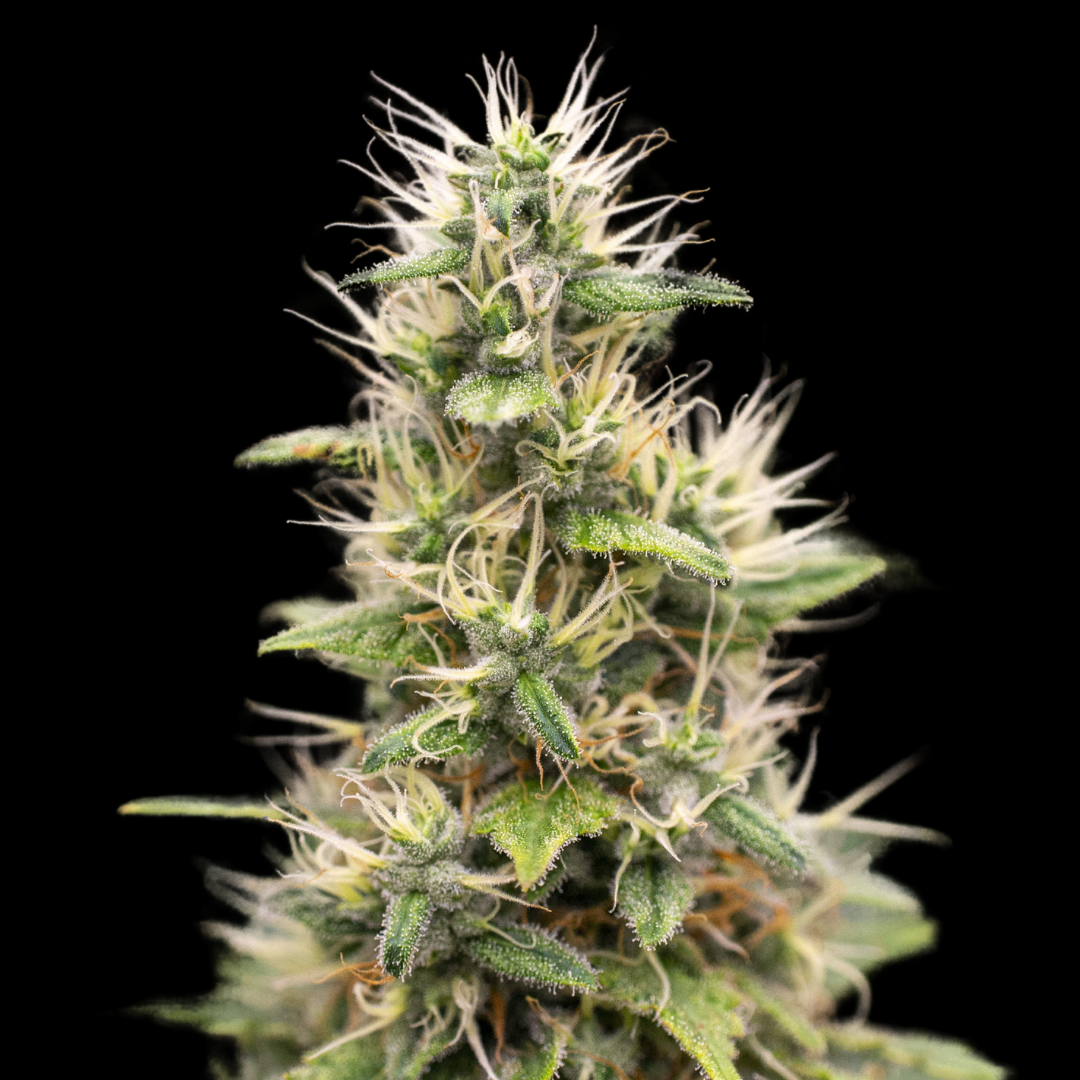 |
Genetics: Sativa Dominant Parents: Strawberry Fields x Haze THC: 18-22% CBD: <1% |
|
Strawberry Cough is renowned for its sweet berry aroma and uplifting effects, providing a comfortable and enjoyable experience even for those new to cannabis. Its smoke is surprisingly smooth with a hint of strawberry, making it a pleasant choice for daytime use. Origin: Though its exact lineage is somewhat of a mystery, it's believed to originate from a Strawberry Field strain crossed with Haze. The "cough" in its name comes from the slight throat tickle experienced by some users after inhalation, indicative of its potent effects. Strawberry Cough Grower Tips
|
|
Green Crack |
|
|---|---|
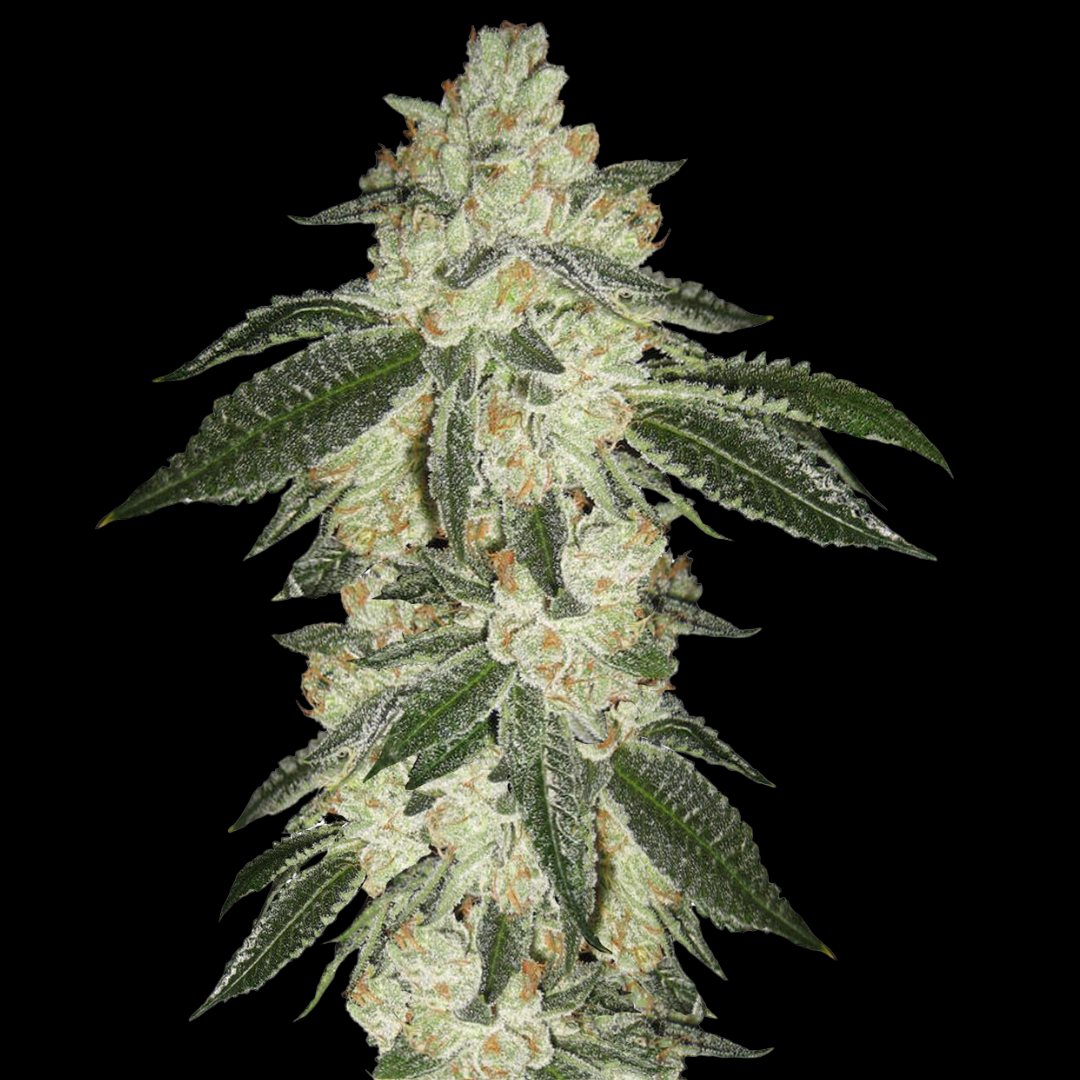 |
Genetics: Sativa Dominant Parents: Skunk #1 x Afghani THC: 15-25% CBD: <1% |
|
Green Crack is celebrated for its energizing and invigorating effects, offering a sharp mental buzz that keeps you going throughout the day. It boasts a tangy, fruity flavor akin to mango, making it a delightful strain for daytime use. Origin: Originally named "Cush" by its breeder, the strain was famously renamed by Snoop Dogg after he experienced its intense sativa effects. Green Crack is a cross between a 1989 SSSC Skunk #1 and an isolated Afghani cut, resulting in a fast-acting, uplifting strain. Green Crack Grower Tips
|
|
Granddaddy Purple |
|
|---|---|
 |
Genetics: Pure Indica Parents: Purple Urkle x Big Bud THC: 17-24% CBD: <1% |
|
Granddaddy Purple, often abbreviated as GDP, is a hallmark Indica strain known for its deep purple foliage and crystal-covered buds. It delivers a complex grape and berry aroma while offering iconic sedating effects that envelop the body in relaxation, making it ideal for nighttime use. Origin: Developed by Ken Estes in 2003, Granddaddy Purple quickly rose to fame for its stunning coloration and potent therapeutic effects. A cross between Purple Urkle and Big Bud, GDP carries the best traits of its parents, from the dense bud structure of Big Bud to the enchanting colors and flavors of Purple Urkle. Granddaddy Purple Grower Tips
|
|
Gelato |
|
|---|---|
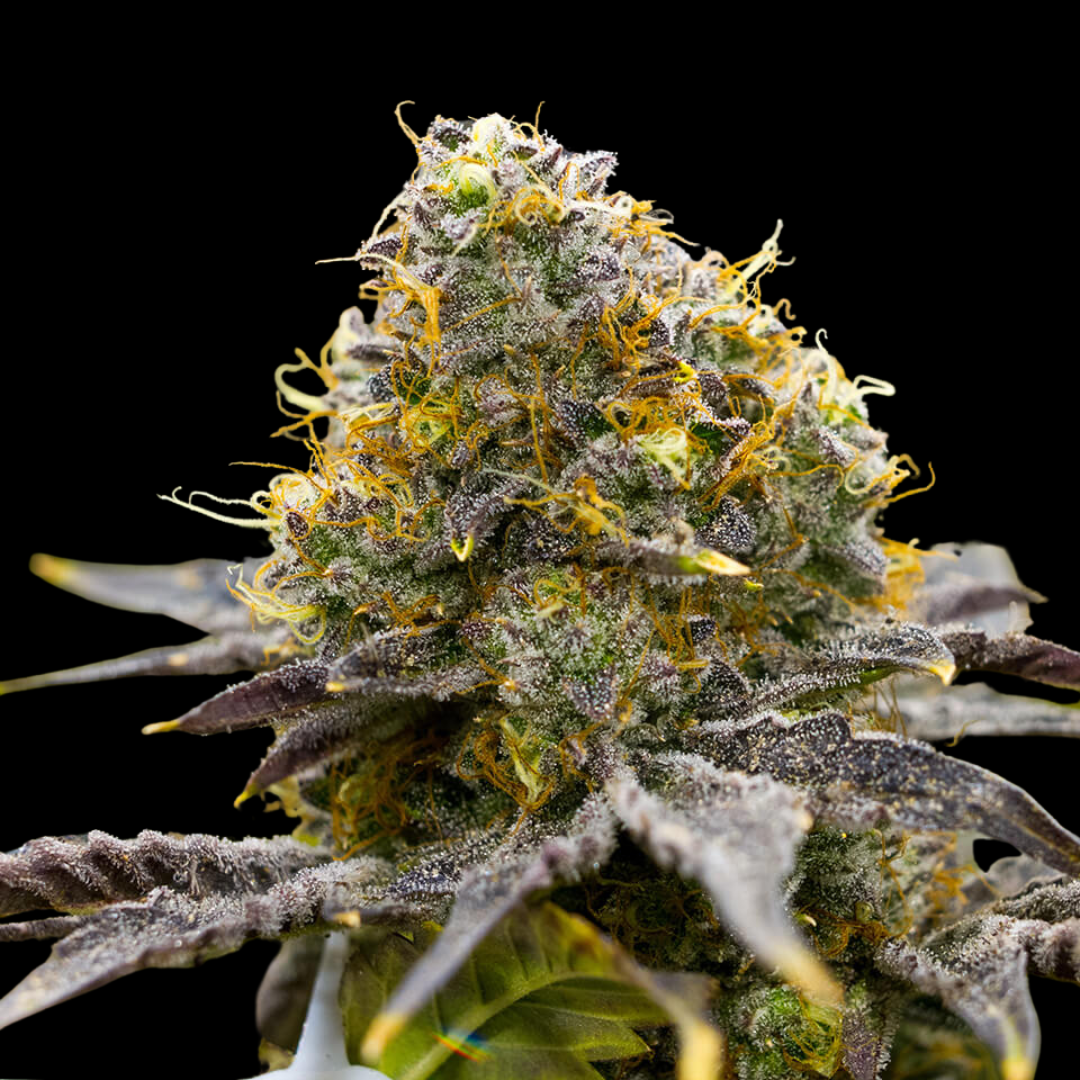 |
Genetics: Indica Dominant Hybrid Parents: Sunset Sherbet x Thin Mint Girl Scout Cookies THC: 20-26% CBD: <1% |
|
Gelato, also known as "Larry Bird," is notorious for its delicious flavor and incredibly potent effects that are felt almost immediately. This strain offers an uplifting and euphoric high that's perfect for creative endeavors or social gatherings, all while providing relaxation without heavy sedation. Origin: Originating from a cross between Sunset Sherbet and Thin Mint GSC, Gelato carries a dessert-like aroma with fruity blueberry and orange flavors. Its lineage contributes to both its nuanced flavors and balanced effects. Gelato Grower Tips
|
|
Sour Diesel |
|
|---|---|
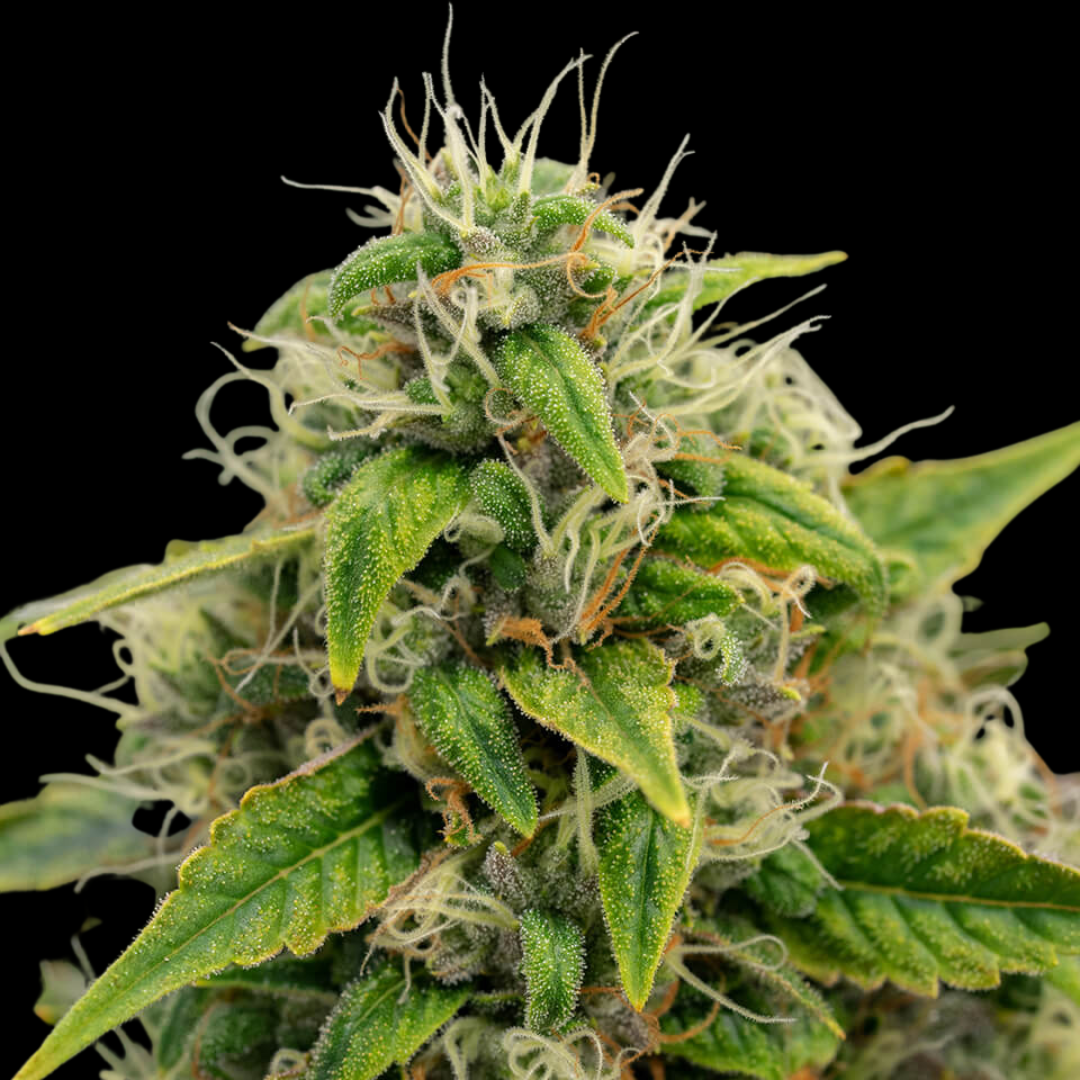 |
Genetics: Sativa Dominant Hybrid Parents: Chemdawg 91 x Super Skunk THC: 19-25% CBD: <1% |
|
Sour Diesel, often called Sour D, is celebrated for its energizing and dreamy cerebral effects. This fast-acting strain delivers invigorating sativa effects that have made it a favorite among medical and recreational users alike. It's known for its pungent diesel-like aroma—a hallmark that has given this strain its name. Origin: The exact origins of Sour Diesel are shrouded in mystery, though it's believed to be a cross between the potent Chemdawg 91 and Super Skunk. Sour Diesel's reputation has grown due to its unique flavor profile and compelling, fast-acting effects. Sour Diesel Grower Tips
|
|
Skunk #1 |
|
|---|---|
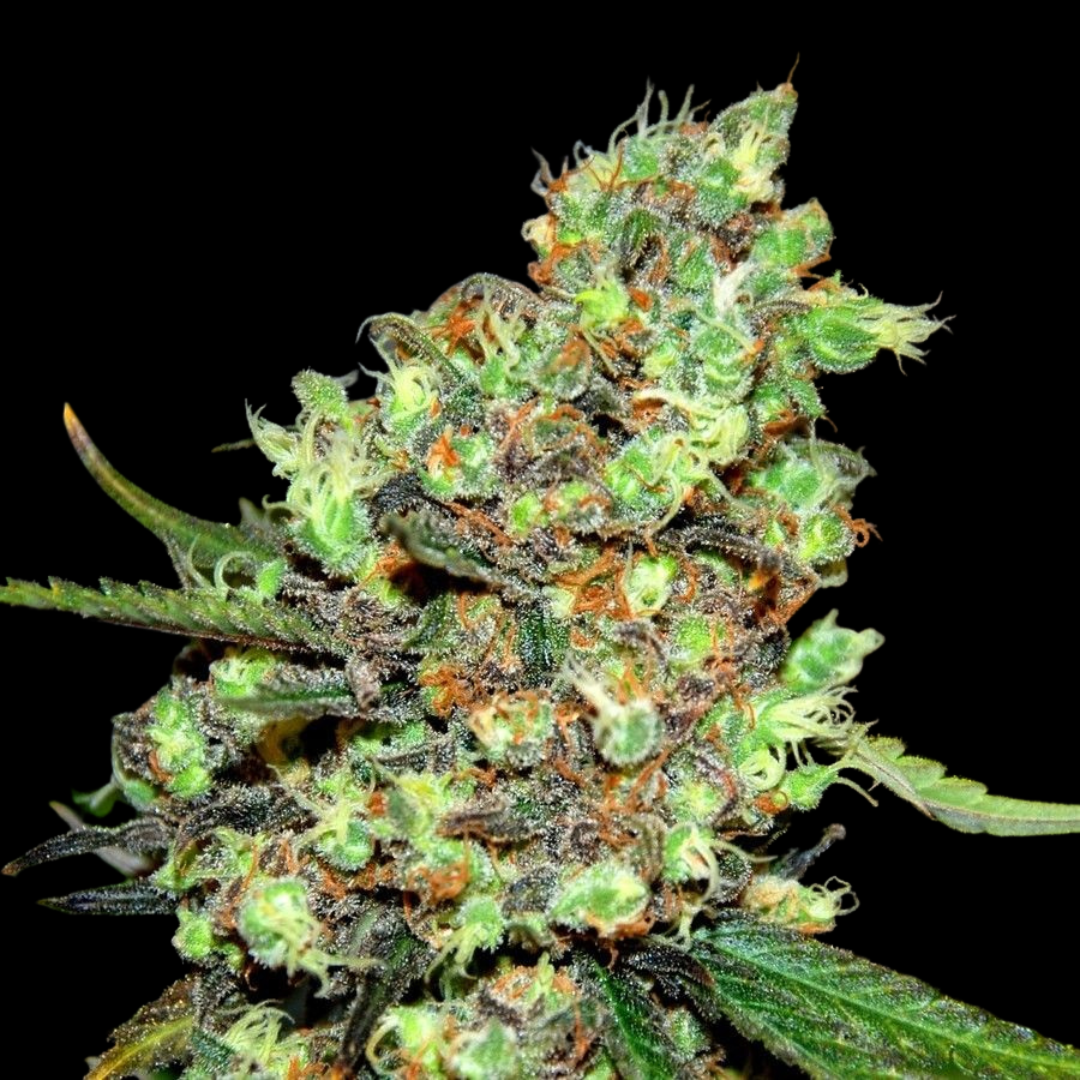 |
Genetics: Balanced Hybrid (50% Indica / 50% Sativa) Parents: Afghani x Acapulco Gold x Colombian Gold THC: 15-19% CBD: <1% |
|
Skunk #1, the cornerstone of countless hybrid strains, is famed for its balanced effects that offer an ideal blend of euphoric head highs and relaxing body effects. It's distinguished by its unmistakable skunky aroma mixed with sweet undertones. Origin: As one of the first true stabilized hybrids to enter the cannabis market, Skunk #1’s lineage is a mix of diverse landrace strains, including Afghani, Acapulco Gold, and Colombian Gold. This genetic foundation laid the groundwork for many modern cannabis hybrids. Skunk #1 Grower Tips
|
|
Jack Herer |
|
|---|---|
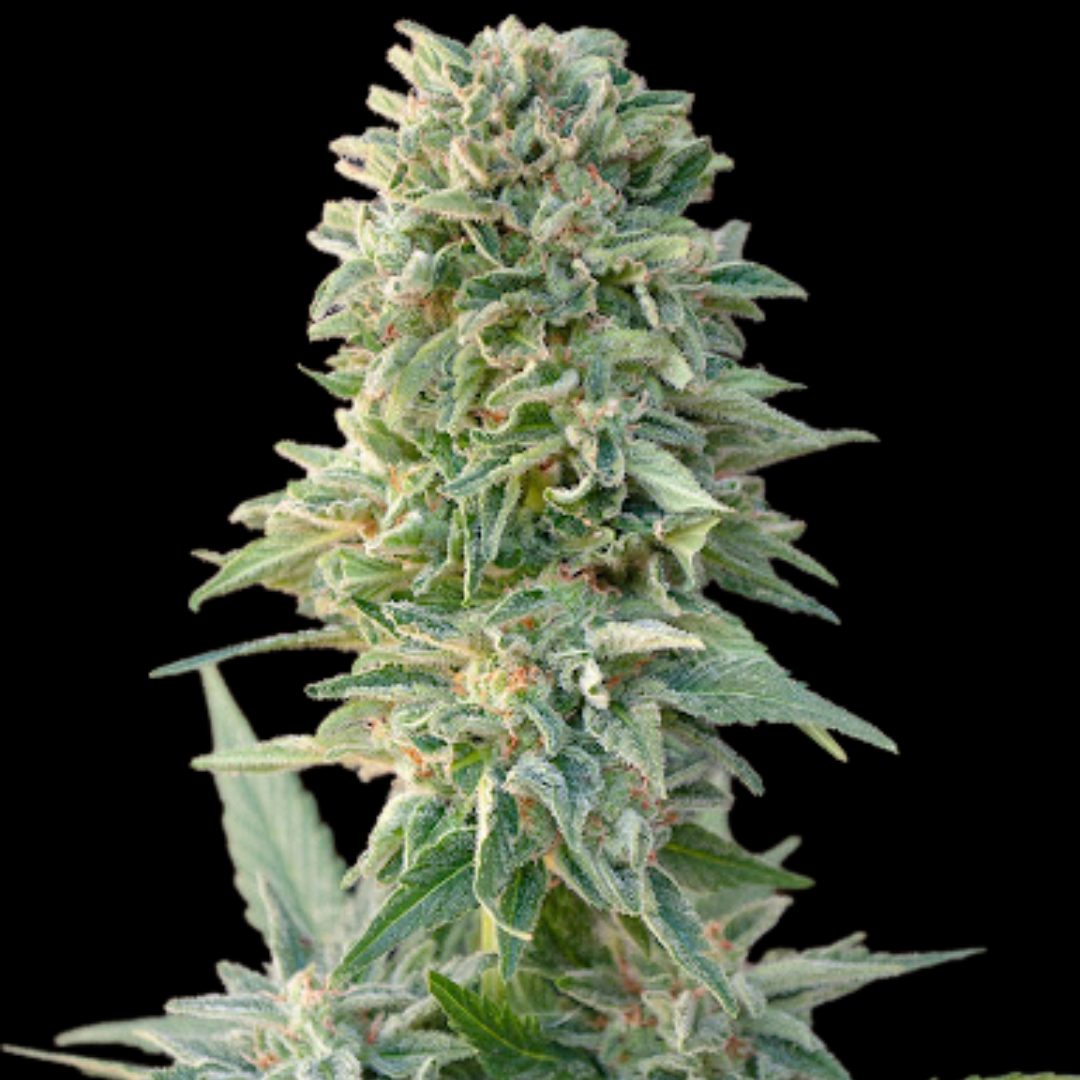 |
Genetics: Sativa Dominant Hybrid Parents: Haze x [Northern Lights #5 x Shiva Skunk] THC: 18-23% CBD: 0.1-0.2% |
|
Jack Herer is named after the legendary cannabis activist and author, embodying a perfect balance of cerebral elevation and creative bliss, with a hint of physical relaxation. It's celebrated for its clear-headed, energetic high and a spicy, pine-scented aroma. Origin: This strain was bred to capture the cerebral elevation of sativa and the heavy resin production of indica. Its genetic makeup includes a complex mix, primarily featuring Haze, Northern Lights #5, and Shiva Skunk, aiming to combine the best traits of both sativa and indica varieties. Jack Herer Grower Tips
|
|
Critical Kush |
|
|---|---|
 |
Genetics: Indica Dominant Hybrid Parents: Critical Mass x OG Kush THC: 20-25% CBD: 1-2% |
|
Critical Kush is a powerhouse of relaxation, offering a potent indica high that eases the body into tranquility while stimulating the mind with a mild euphoric buzz. This strain features a complex aroma of earthy, pine, and spicy notes. Origin: Emerging from the esteemed lineage of Critical Mass and OG Kush, Critical Kush is celebrated for its impressive THC content and the swift, bushy growth typical of indica strains. It's a go-to for those seeking therapeutic relief and robust flavors. Critical Kush Grower Tips
|
|
Hindu Kush |
|
|---|---|
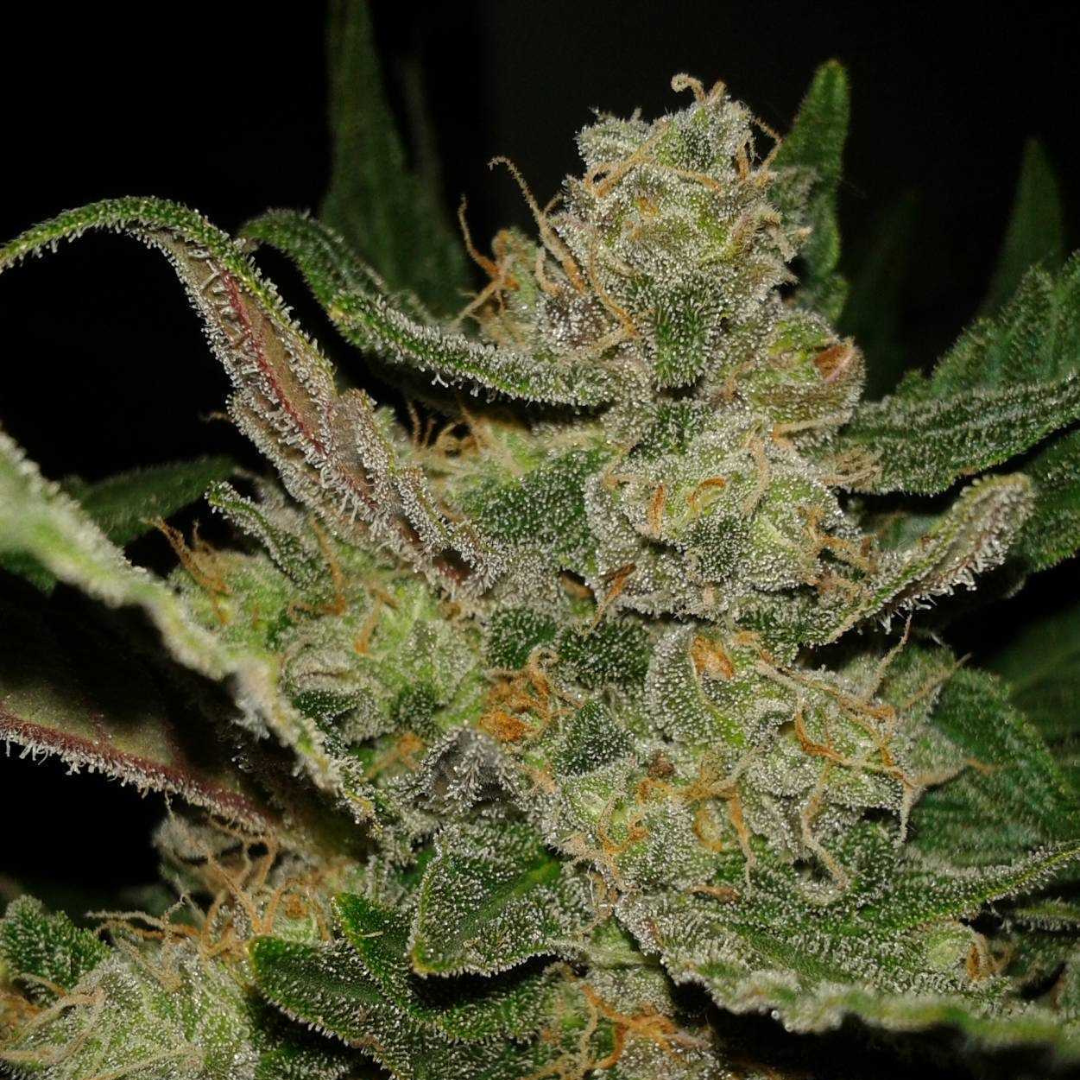 |
Genetics: Pure Indica Parents: Landrace from the Hindu Kush Mountains THC: 15-20% CBD: 0.1-0.5% |
|
Hindu Kush is a pure Indica strain named after the mountain range stretching between Pakistan and Afghanistan, its place of origin. It's renowned for its deeply relaxing and sedative effects, making it ideal for evening use. This strain offers a subtle earthy aroma with hints of sweet pine, delivering a sensory experience as profound as its effects. Origin: As a landrace strain, Hindu Kush has a robust genetic profile honed by centuries of natural and selective breeding in its harsh mountainous environment. This background has rendered it remarkably resilient and capable of thriving in variable conditions, which translates well to cultivation by beginners. Hindu Kush Grower Tips
|
|
Auto Amnesia Haze |
|
|---|---|
 |
Genetics: Sativa Dominant Hybrid Parents: South Asian Indica x Cambodian Sativa THC: 20-22% CBD: <1% |
|
Amnesia Haze, with its uplifting and energizing effects, is a favorite among Sativa lovers. This strain delivers a creative and euphoric high, ideal for daytime use, alongside a citrusy and earthy flavor profile that invigorates the senses. Origin: This award-winning strain boasts an international lineage, combining the potent genetics of South Asian Indica and Cambodian Sativa. Its complex background contributes to the strain's robust growth and long-lasting effects. Amnesia Haze Grower Tips
|
|
Auto Blueberry |
|
|---|---|
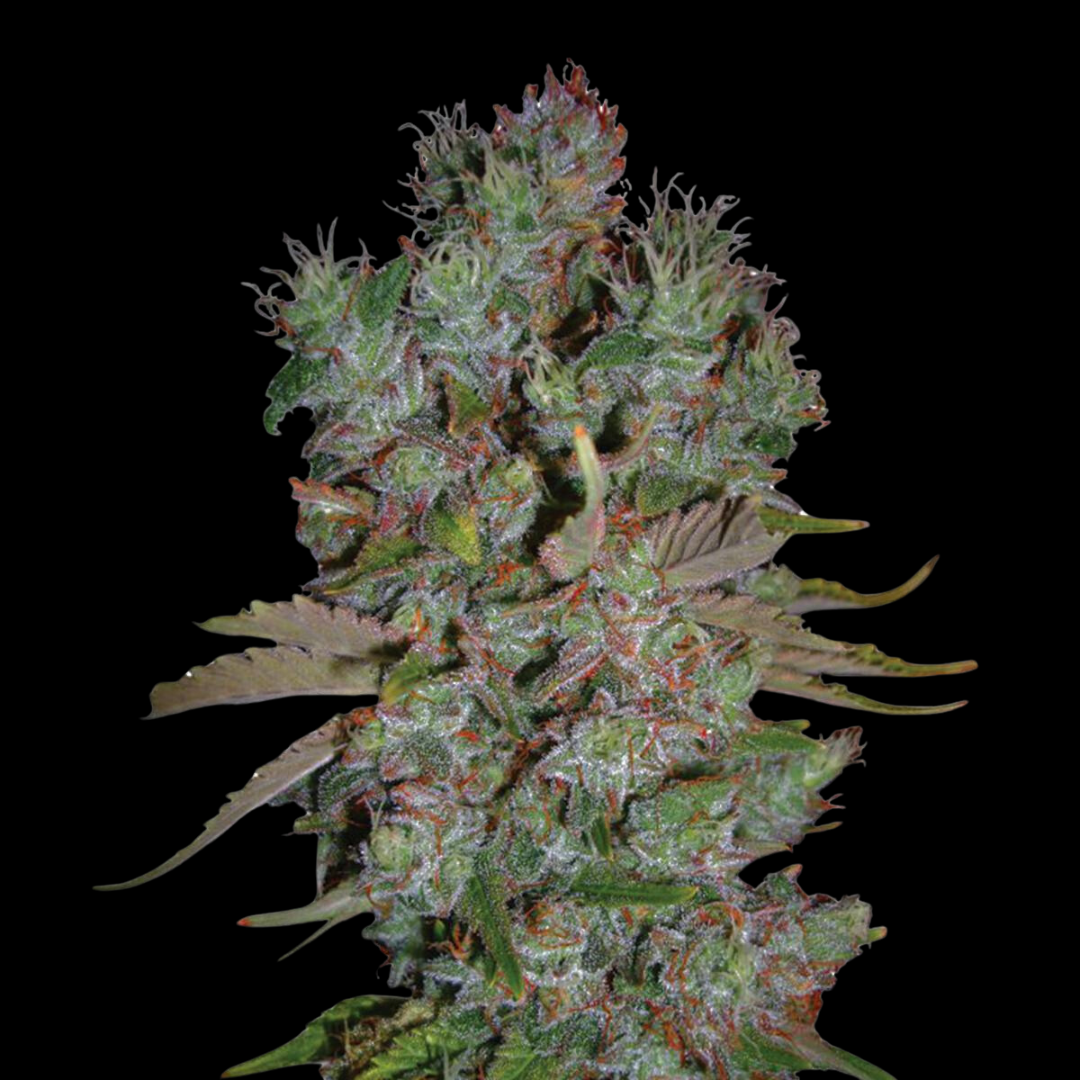 |
Genetics: Indica Dominant Autoflower Parents: Blueberry x Ruderalis THC: 14-18% CBD: 1-2% |
|
Auto Blueberry maintains the legendary status of its photoperiod predecessor, Blueberry, in an autoflowering form. It's celebrated for its deliciously sweet and fruity flavors, with a relaxing effect that soothes both mind and body. This strain is as enjoyable to grow as it is to consume, with stunning blue and purple hues that can develop on the foliage. Origin: By crossing the classic Blueberry with a Ruderalis strain, breeders have created an autoflowering variant that retains the much-loved characteristics of Blueberry while adding the ease of autoflowering growth. This makes it particularly suited to beginners and those with limited space. Auto Blueberry Grower Tips
|
|
White Widow |
|
|---|---|
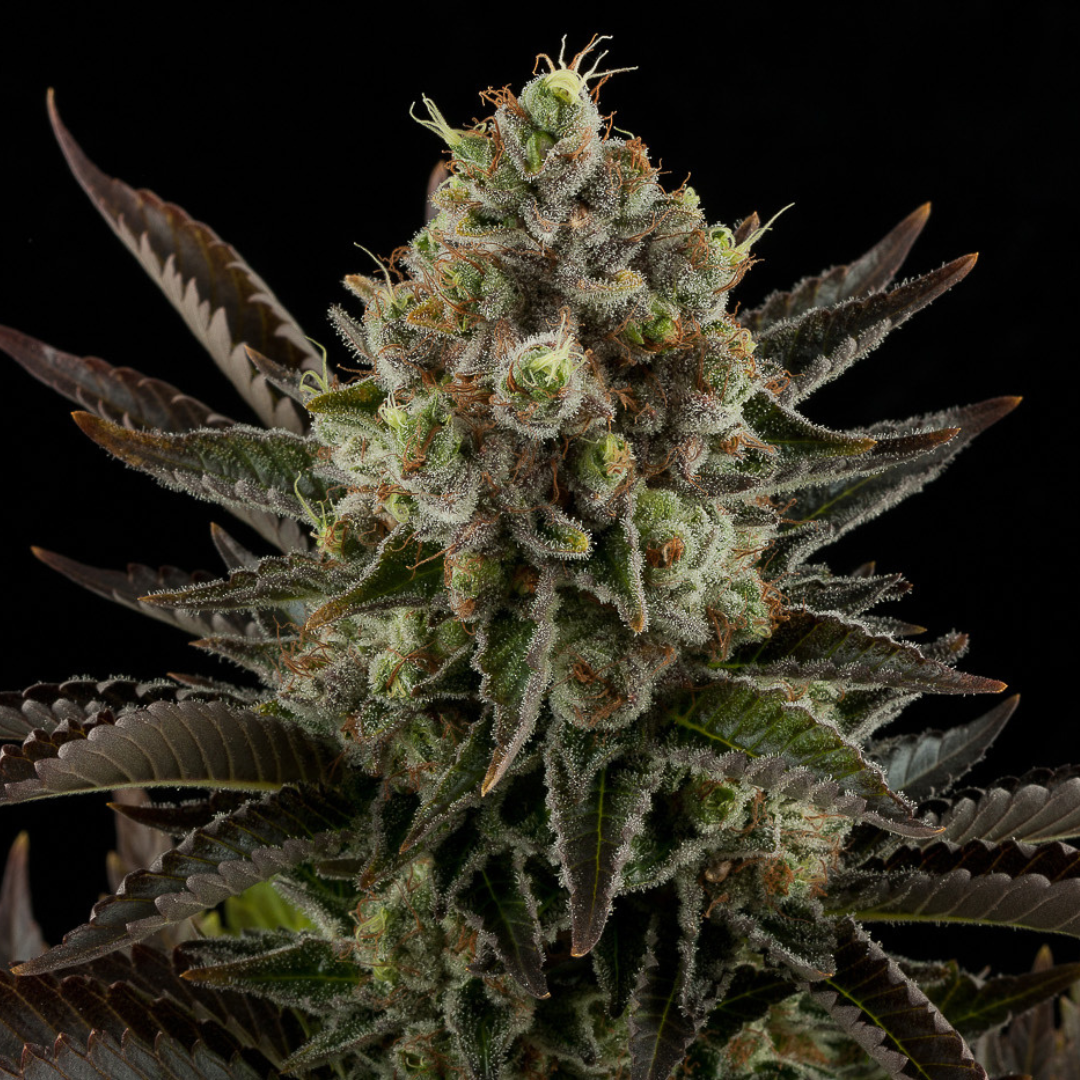 |
Genetics: Balanced Hybrid (50% Indica / 50% Sativa) Parents: Brazilian Sativa Landrace x South Indian Indica THC: 18-25% CBD: 0.1-0.2% |
|
White Widow is a legendary hybrid that has graced Amsterdam coffee shops since the early '90s. It delivers a powerful burst of euphoria and energy, sparking creativity and conversation. The strain is also noted for its stunning white trichomes that give buds a whitish-gray appearance. Origin: Created from a blend of Brazilian Sativa and South Indian Indica, White Widow balances the cerebral intensity of Sativa with the smooth relaxation of Indica. This strain quickly gained popularity for its robust growth and potent effects. White Widow Grower Tips
|
|
GG4 (Gorilla Glue #4) |
|
|---|---|
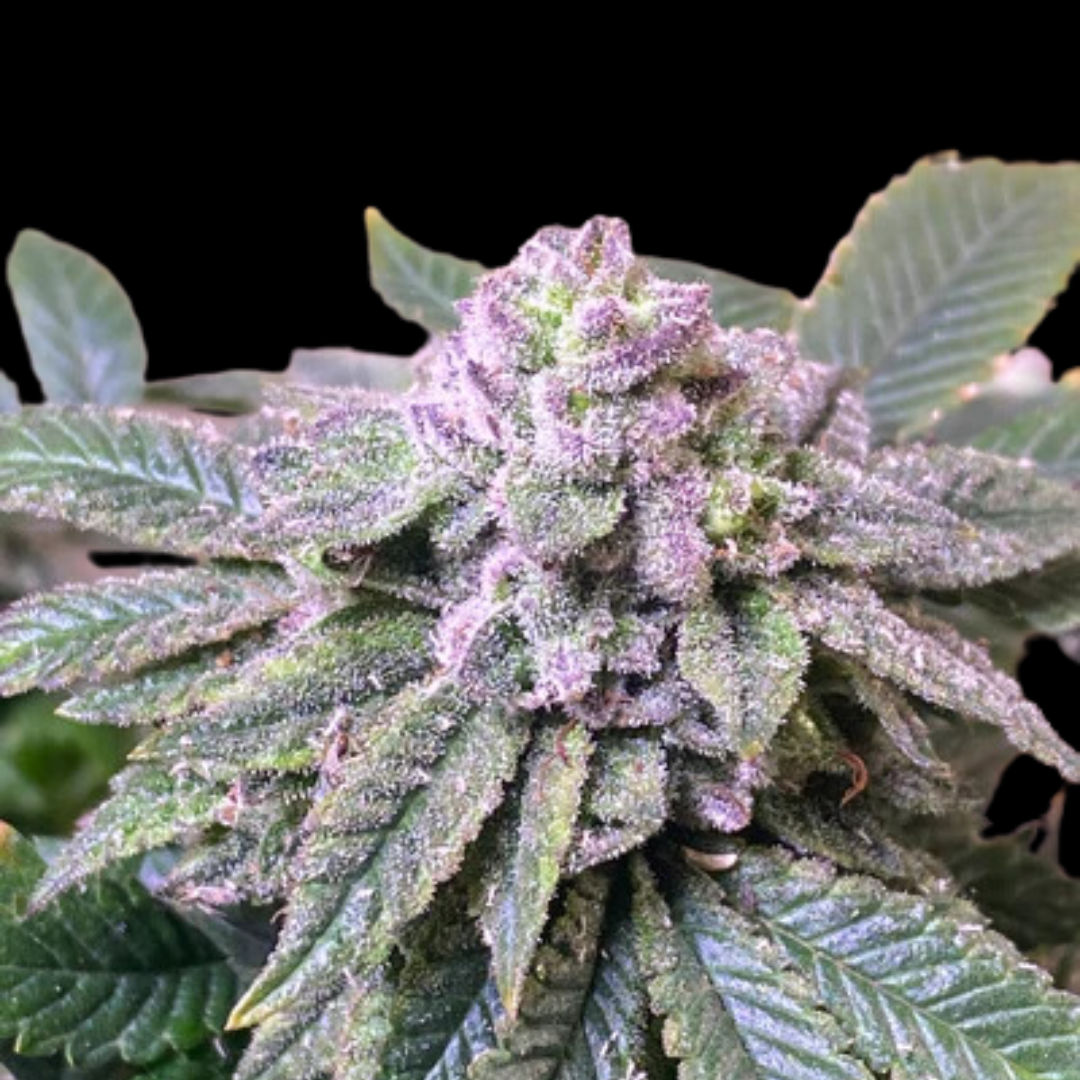 |
Genetics: Indica Dominant Hybrid Parents: Sour Diesel x Sour Dubb x Chem's Sister x Chocolate Diesel THC: 25-32% CBD: <1% |
|
GG4, famously known as Gorilla Glue #4, is celebrated for its heavy-handed euphoria and relaxation that secures it firmly to the couch. It’s named for the sticky resin that coats the scissors when trimming, and its potent effects glue users in place. Origin: GG4 is the result of an accidental cross, creating a powerhouse strain with a complex genetic background. It quickly rose to fame for its outstanding potency and the thick coating of trichomes that make its buds incredibly sticky. GG4 Grower Tips
|
|
Blue Dream |
|
|---|---|
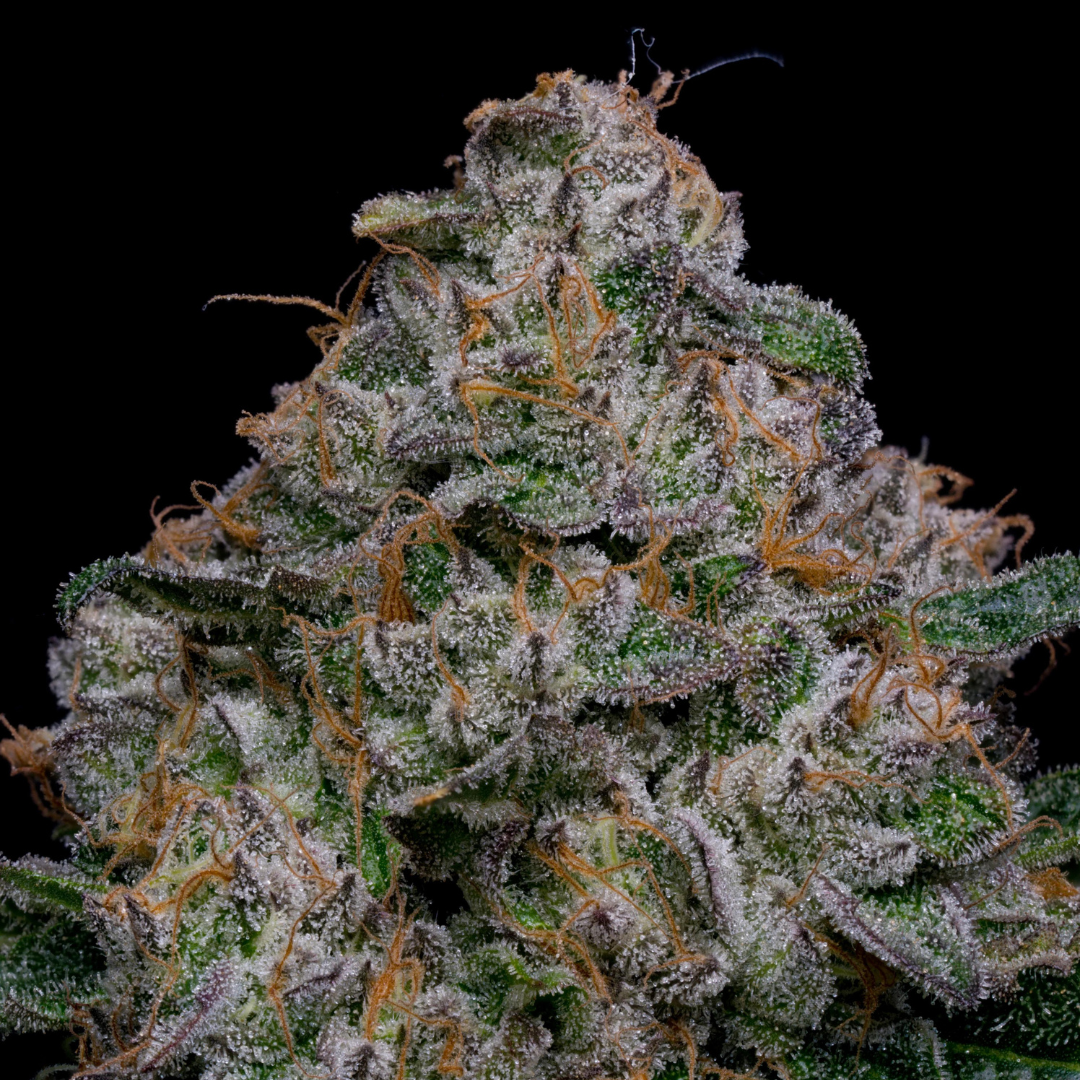 |
Genetics: Sativa Dominant Hybrid Parents: Blueberry x Haze THC: 17-24% CBD: 0.1-0.2% |
|
Blue Dream harmonizes a full-body relaxation with gentle cerebral invigoration, making it a beloved strain among both novices and veterans. Its balance of Sativa and Indica effects suits any time of day, offering soothing relief without sedation, alongside an uplifting buzz. Origin: A cross between the indica-dominant Blueberry and the sativa Haze, Blue Dream boasts a complex lineage that delivers the best of both worlds: the soothing effects of its Indica genes and the energizing euphoria typical of Sativas. Blue Dream Grower Tips
|
|
Auto Northern Lights |
|
|---|---|
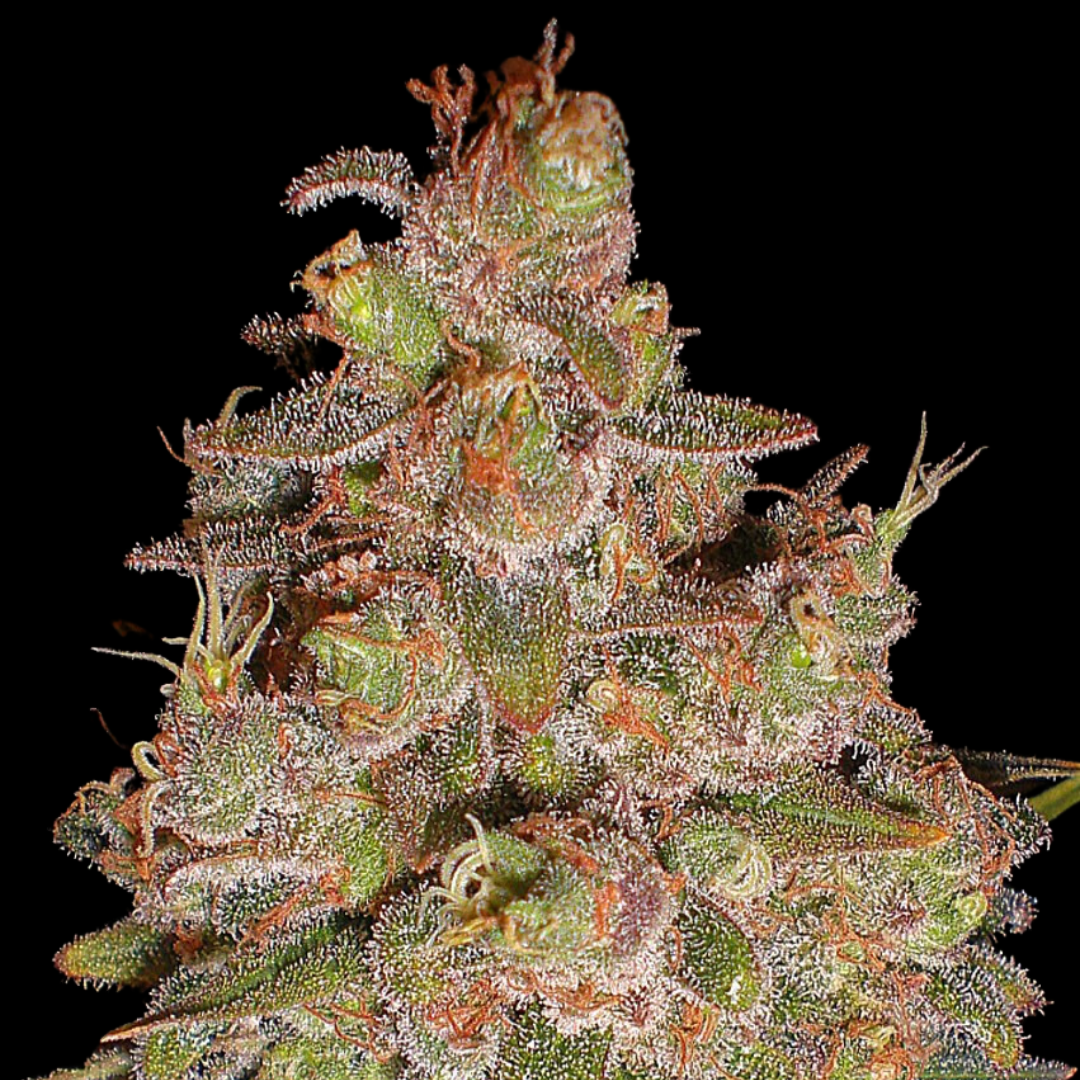 |
Genetics: Indica Dominant Autoflower Parents: Northern Lights x Ruderalis THC: 14-18% CBD: <1% |
|
Auto Northern Lights preserves the beloved qualities of the classic Northern Lights strain in an autoflowering form, making it even more accessible to beginners. It offers a smooth, relaxing high that's perfect for unwinding in the evening. Its compact size and quick flowering cycle make it ideal for growers with limited space or those looking to harvest more quickly. Origin: By crossing the iconic Northern Lights with a Ruderalis strain, breeders have managed to create an autoflowering version that maintains the original's potent effects and ease of growth. This genetic blend ensures that Auto Northern Lights automatically transitions from the vegetative stage to flowering without the need for a changed light cycle. Auto Northern Lights Grower Tips
|
|
Wrapping Up
Here are a few parting tips to keep in mind as you start your cultivation adventure:
- Education is Key: Continue to research and learn about the specific needs of your chosen strain, as well as general cannabis cultivation practices.
- Patience Pays Off: Cannabis cultivation is as much about the journey as it is about the harvest. Enjoy the process and be patient with both your plants and yourself.
- Community Support: Don't hesitate to reach out to online forums, local grow communities, or grow shops for advice. The cannabis community is renowned for its willingness to share knowledge and support fellow growers.
- Stay Legal: Always ensure your cultivation practices are in compliance with local laws and regulations to enjoy a stress-free growing experience.
By choosing to start with strains known for their ease of cultivation, you're setting yourself up for success. Your first harvest will not only be a rewarding experience but also a powerful learning opportunity that sets the foundation for more ambitious cultivation projects in the future.
